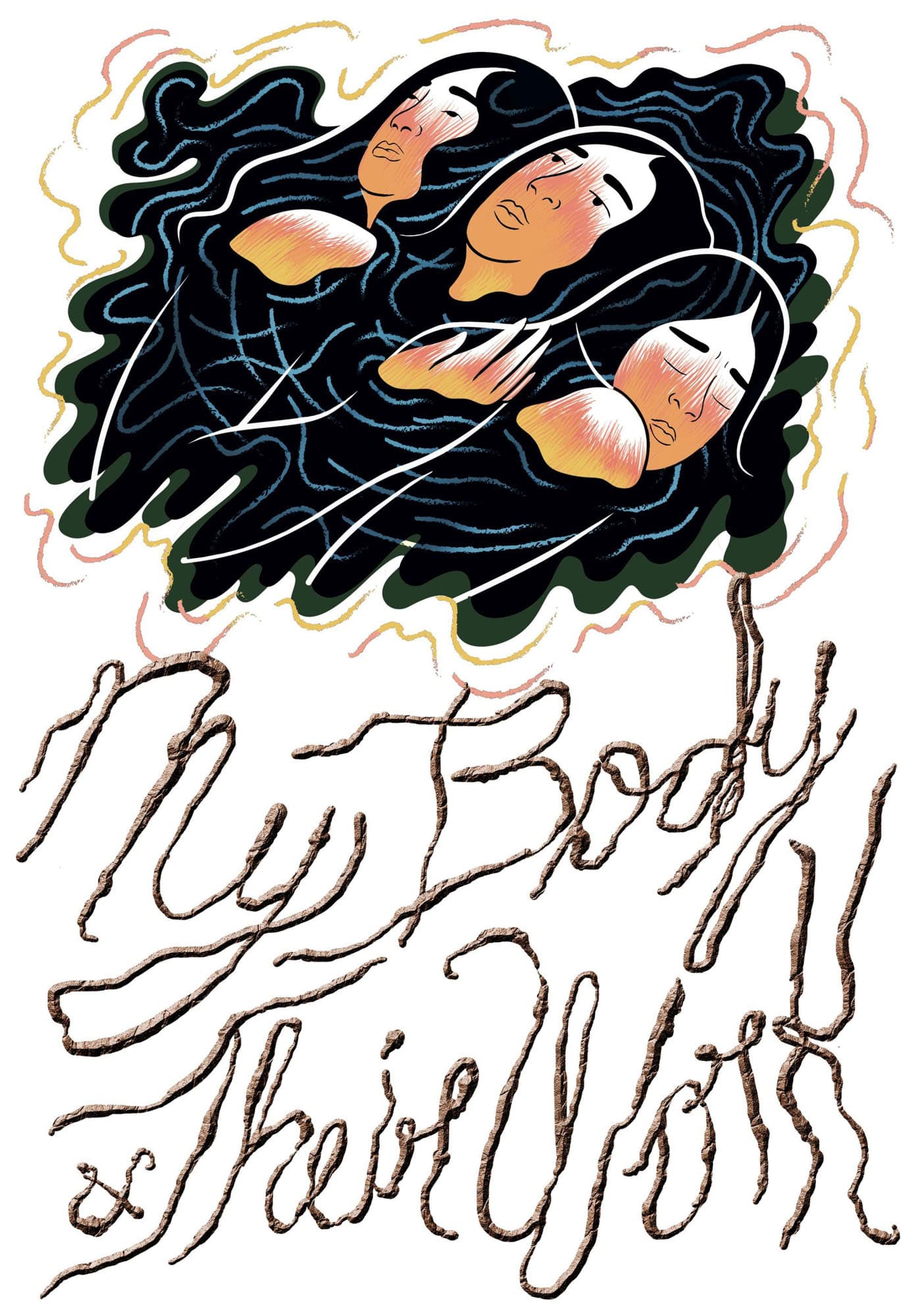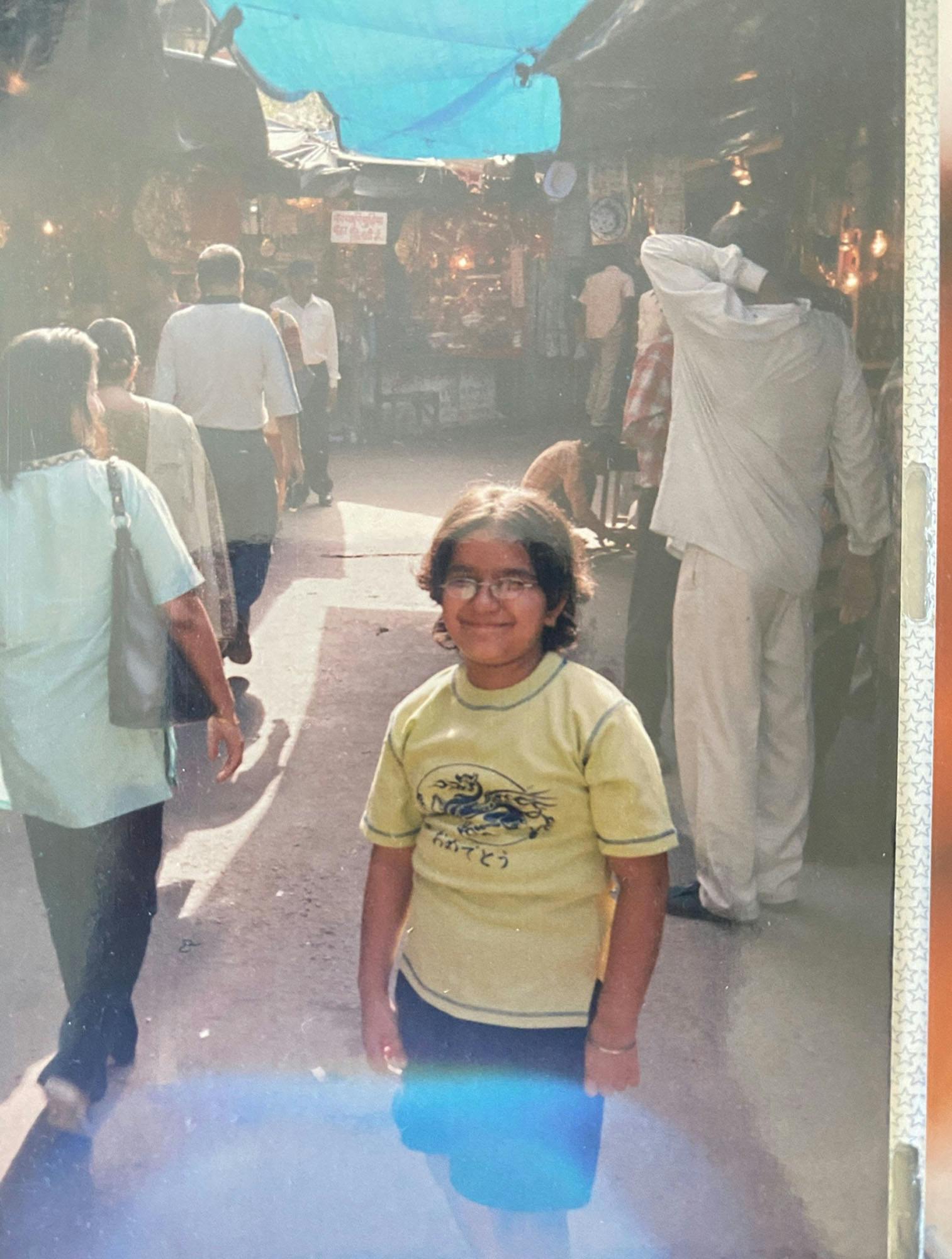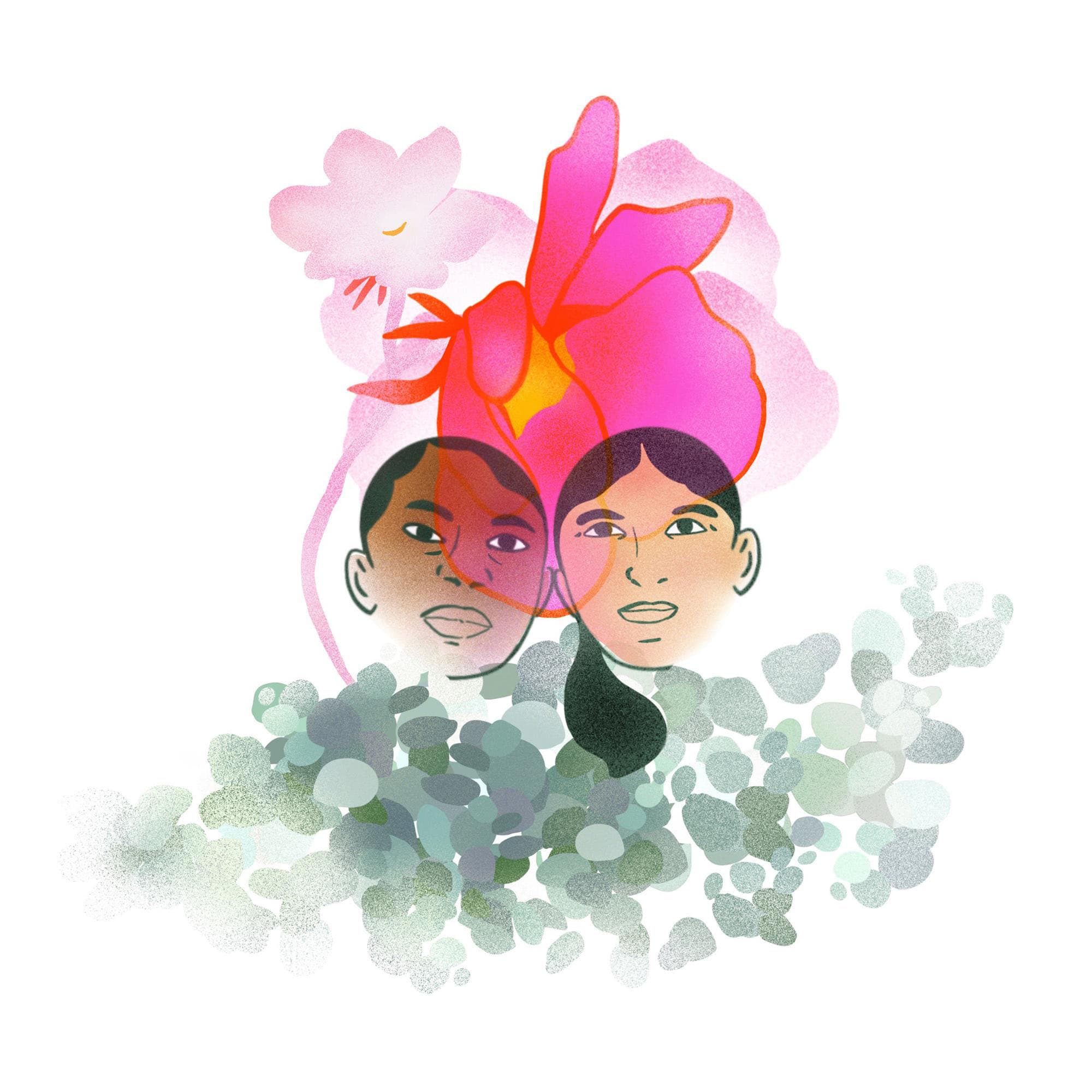
Editor's Note
The snow warmed into sleet, blanketing a thin white layer atop the winter orchard. My mother and father were at a steep incline of the mountain. They looked faint, small moving figures insignificant to the natural abundance surrounding them. She operated the tractor and he towered 12 feet above the rows of apple trees. His blue turban and pruning shears stood out in the grayscale outside my window.
As a child, I pruned the bottoms and my responsibility to the tree increased in proportion to my height. Pruning is one of the most important tasks in an apple harvest. Removing the weaker branches helps stimulate floral initiation and air flow for the year’s harvest. Once the blossoms have sprouted into apples, a well pruned, vacant branch gives room for the apples to grow, attracting the sun’s warmth to redden the skin. The bigger and redder the apple, the higher it qualifies as premium grade, or in an orchardist’s vernacular: extra-fancy.
The winter pruning must be complete before the apple blossoms in May. The turn of each season marked a new set of responsibilities to the orchard. These seasons were beholden to our laborious agricultural activities in my childhood.
editor-in-chief
raji kaur aujla
It’s unsurprising then, that the snow didn’t stop my parents as they pruned the orchard in preparation for Spring thinning. Realizing this, I boiled green and black cardamom, cloves, fennel, cinnamon, ginger, black tea, and jaggery in a pot of water with milk. I looked out the window. They continued pruning.
The cha boiled for 45 minutes and became a deep reddish brown. My glasses fogged up while pouring it into a thermos for each of them and then again in the cold, when I began my ascent to where they were.
The thermoses clunked against one another as I looked at the trees in deep thought. I remembered the two Stoney Nakoda women who took me to the Banff Upper Hot Springs a couple of years ago. They believed that their grandparents were the mountain and water around us. With each little wave brushing against my body, I felt the interconnectedness between my Sikh and their Indigenous ancestors; me and the natural environment; the past and future, and all of us together in the present moment.
Walking through the trees in my womanhood, I now understand my relationship to my orchard differently too. It is me who is beholden to the seasons and not the other way around. Their natural flows are a continuum, changing and evolving ever-so-slightly, in ways far greater than seasonal set of responsibilities that we’ve put on them. Pruning, for instance, also balances the top growth of the tree with the root system below, giving the roots time to establish and support the tree’s future growth.
The activity beneath the ground is the magical workings of Earth Mother that remain unseen to the human eye.













